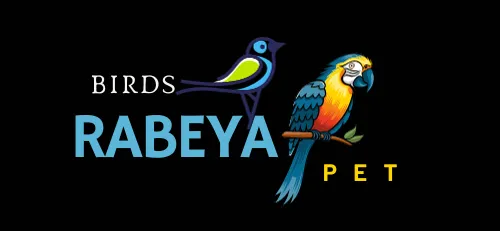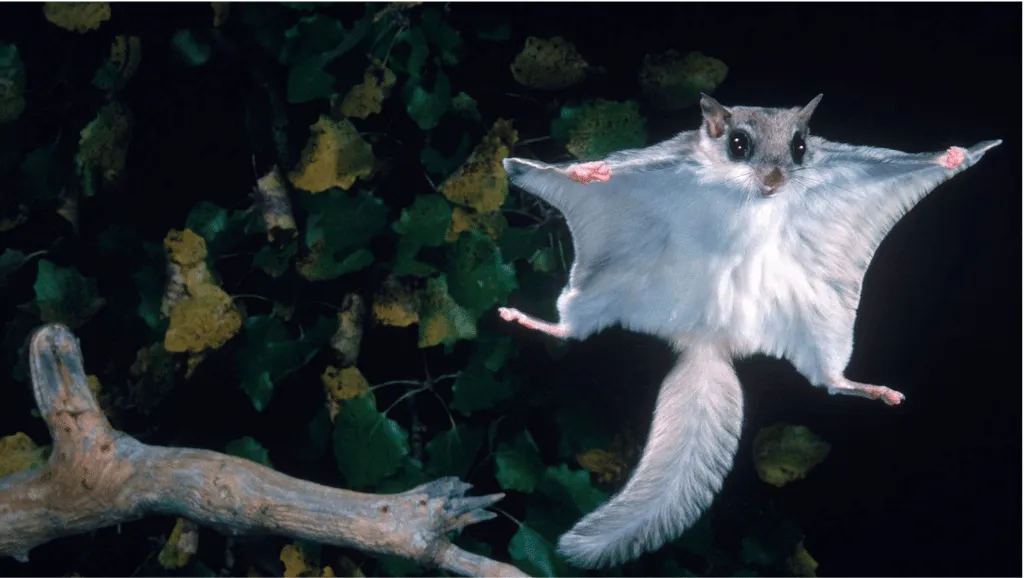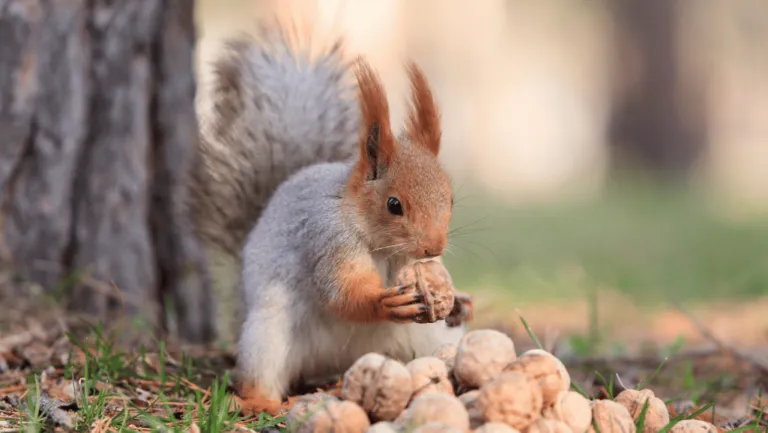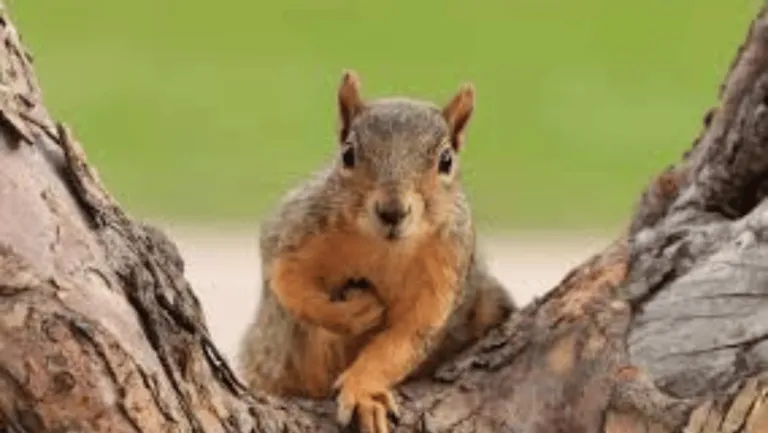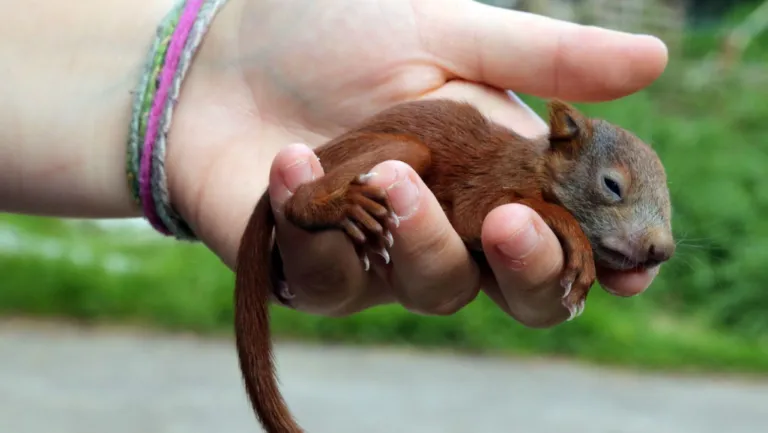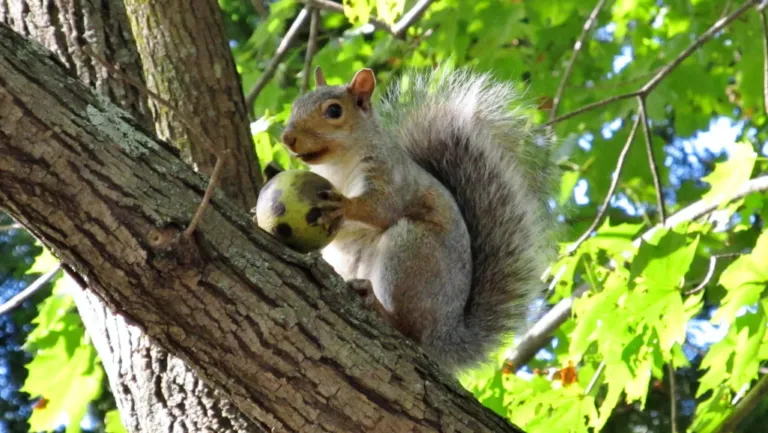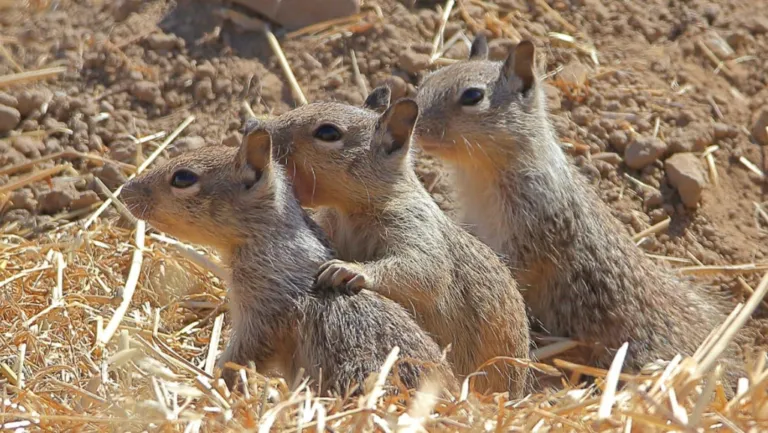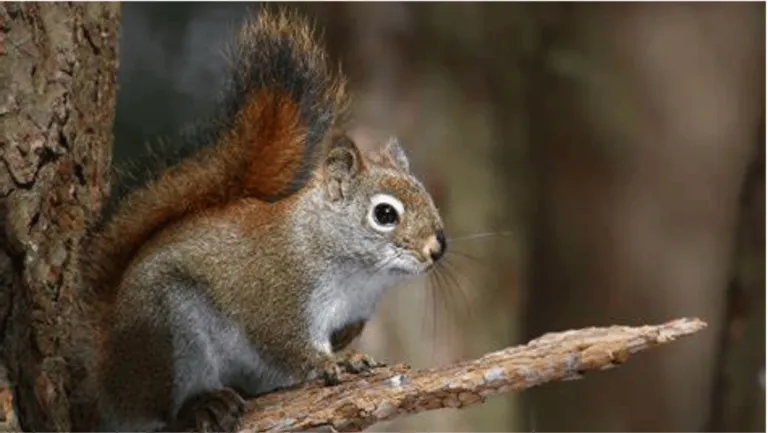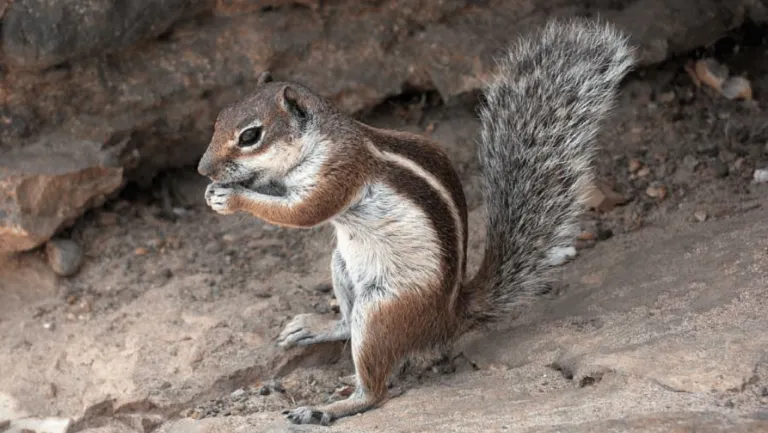The Northern Flying Squirrel, a remarkable gliding mammal, is an intriguing nocturnal animal that inhabits the forests of North America. Known for its unique habitat and fascinating behavior, this squirrel plays a vital role in the forest ecosystems it calls home.
In this article, we will delve into the world of the Northern Flying Squirrel, exploring its habitat, physical characteristics, range and distribution, behavior and reproduction, as well as its conservation status. Join us on this journey to gain a deeper understanding of this remarkable creature and its importance in our forest ecosystems.
Key Takeaways:
- The Northern Flying Squirrel is a gliding mammal and a nocturnal animal.
- It primarily inhabits forest ecosystems, particularly in areas with coniferous and mixed coniferous/deciduous forests.
- The Northern Flying Squirrel has a unique nesting habitat in trees, where it builds nests made of twigs and bark.
- Its physical characteristics include silky fur, a fleshy membrane for gliding, and large black eyes adapted for nighttime activity.
- The range of the Northern Flying Squirrel spans across North America, from Alaska and Canada to California, Colorado, Michigan, Wisconsin, North Carolina, Tennessee, and the Appalachian Mountains.
Physical Characteristics of the Northern Flying Squirrel
The Northern Flying Squirrel, a gliding mammal, possesses unique physical characteristics that enable it to navigate its environment effectively. Let’s explore its distinct features:
Fur: The Northern Flying Squirrel has silky grey and cinnamon brown fur, giving it a visually appealing appearance. The belly hairs are white-tipped and grey-based, adding to its overall charm.
Patagium: One of the most distinguishing features of this remarkable mammal is its patagium, a fleshy membrane that extends from the wrists of its forelegs to the ankles of its hind legs. This patagium allows the squirrel to glide through the air with grace and precision, covering impressive distances between trees.
Tail: The Northern Flying Squirrel possesses a tail that is furred, flattened, and rounded at the end. This unique tail shape aids in steering and stability during gliding, contributing to its exceptional aerial abilities.
Eyes: With large black eyes, the Northern Flying Squirrel has adapted to its nocturnal lifestyle. These eyes are highly efficient in low light conditions, providing the squirrel with clear vision during its night-time activities.
To visualize the physical characteristics of the Northern Flying Squirrel, take a look at the image below:
Range and Distribution of the Northern Flying Squirrel
The Northern Flying Squirrel has a wide range across North America, inhabiting various regions from Alaska and Canada to California and Colorado in the west, and from Michigan and Wisconsin to North Carolina and Tennessee in the east. This small gliding mammal can also be found in smaller populations in other parts of the United States, including the southern Appalachian Mountains, the Black Hills, and the Sierra Nevada.
Table: Range and Distribution of the Northern Flying Squirrel
| Region | States |
|---|---|
| Alaska | Alaska |
| Canada | Canada |
| West | California, Colorado |
| East | Michigan, Wisconsin, North Carolina, Tennessee |
| Other | Southern Appalachian Mountains, Black Hills, Sierra Nevada |
Behavior and Reproduction of the Northern Flying Squirrel
The Northern Flying Squirrel exhibits fascinating behavior and reproductive patterns. As a primarily nocturnal creature, it is most active for about two hours after sunset and again for an hour and a half to two hours before sunrise. Its behavior includes the impressive ability to glide through the air, thanks to a fleshy membrane called a patagium.
This social animal may share nests and live in groups consisting of up to 8 adults and juveniles, fostering a sense of community. The mating system of the Northern Flying Squirrel is not yet fully understood, but it is likely that individuals have different mates each breeding season, ensuring genetic diversity within the population.
The breeding season for Northern Flying Squirrels occurs between March and May, with one litter born per year. During this time, female squirrels take on the responsibility of raising the young without the assistance of the male. The young squirrels are born poorly developed and require extensive care from their mother until they reach independence.
Behavioral Traits of the Northern Flying Squirrel:
- Nocturnal activity pattern
- Impressive gliding ability
- Social behavior and communal nesting
Reproductive Patterns of the Northern Flying Squirrel:
- Mating with multiple partners
- Breeding season from March to May
- One litter per year
- Females raise the young without male assistance
This unique behavior and reproduction of the Northern Flying Squirrel contribute to its survival and adaptation in various forest ecosystems.
| Behavioral Traits | Reproductive Patterns |
|---|---|
| Nocturnal activity pattern | Mating with multiple partners |
| Impressive gliding ability | Breeding season from March to May |
| Social behavior and communal nesting | One litter per year |
| Females raise the young without male assistance |
Conservation Status of the Northern Flying Squirrel
Two populations of the Northern Flying Squirrel, specifically the North Carolina population and the West Virginia population, are currently facing threats to their survival in the Appalachians. The North Carolina population has been listed as an endangered species since 1985. These populations have experienced significant habitat destruction and pollution, primarily due to logging activities. Unfortunately, their habitat has been reduced from a vast expanse of 500,000 acres to a mere 200 acres.
Conservation efforts are now focused on safeguarding areas that possess suitable habitat for the Northern Flying Squirrels. Moreover, comprehensive studies on the ecology of these remarkable creatures are being conducted to gain a deeper understanding of their needs and behaviors. Additionally, habitat improvement measures are being implemented to restore and protect their diminishing population.
While it is crucial to address the threats faced by the Northern Flying Squirrels in the Appalachians, it is worth noting that there are other populations of these incredible gliding mammals that could also be at risk. However, they have not yet been officially classified as endangered. Continued monitoring and conservation efforts are essential to safeguard these remarkable creatures and ensure their survival for generations to come.
FAQ
What is the habitat of the Northern Flying Squirrel?
The Northern Flying Squirrel is primarily found in forest ecosystems, particularly in areas with coniferous and mixed coniferous/deciduous forests. It builds nests made of twigs and bark in trees, usually located in conifers, approximately 1 to 18 meters above the ground.
What are the physical characteristics of the Northern Flying Squirrel?
The Northern Flying Squirrel is a small mammal weighing between 75 and 140 grams. It has silky grey and cinnamon brown fur, with white-tipped and grey-based belly hairs. It has a fleshy membrane called a patagium that allows it to glide through the air. Its tail is furred, flattened, and rounded at the end, and it has large black eyes adapted for nighttime activity.
What is the range and distribution of the Northern Flying Squirrel?
The Northern Flying Squirrel has a wide range, spanning from the treeline in Alaska and Canada to northern California and Colorado in the west, and from northern Michigan and Wisconsin to northern North Carolina and Tennessee in the east. It can also be found in small populations in other parts of the United States, including the southern Appalachian Mountains, the Black Hills, and the Sierra Nevada.
What is the behavior and reproduction of the Northern Flying Squirrel?
The Northern Flying Squirrel is primarily nocturnal and is active for about two hours after sunset and again for an hour and a half to two hours before sunrise. It is a social animal and may share nests and live in groups of up to 8 adults and juveniles. The breeding season occurs between March and May, and one litter is born per year. The female raises the young without the help of the male.
What is the conservation status of the Northern Flying Squirrel?
Two populations of Northern Flying Squirrels, the North Carolina population and the West Virginia population, are considered threatened in the Appalachians. The North Carolina population has been listed as endangered since 1985. These populations have suffered from habitat destruction and pollution, with logging reducing their habitat from 500,000 acres to just 200 acres. Conservation efforts are focused on protecting areas with suitable habitat, studying the ecology of the squirrels, and implementing habitat changes to improve their habitat and protect their population.

